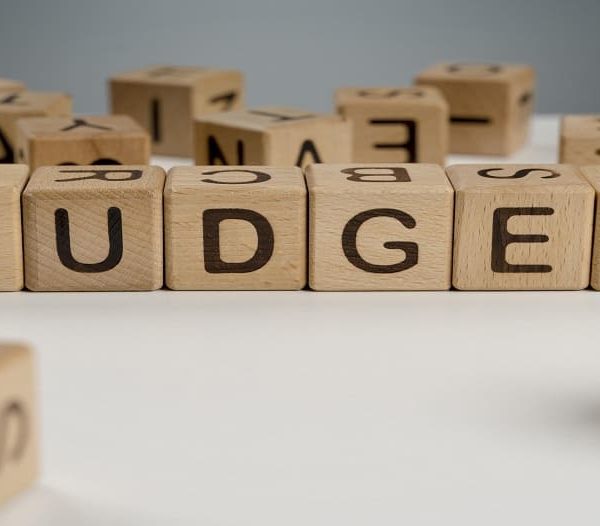What is double counting? To keep in easy terms for UPSC exam Double counting refers to an error that is caused due to calculating the commodity twice. This causes an increase in the value of the commodity.
What is the Impact of double counting in the economy? Its impact on the economy is very huge as the GDP of the nation is calculated on the value of commodities and if there is double counting, then the value of the commodity is higher and thus the domestic product will be higher than it should be and it will act as a money multiplier.
Problem of Double Counting
The problem of double counting causes an overestimation in the national product of any economy. The value of final good and intermediate goods are also included but this is wrong as the final value includes the value of intermediate goods. This leads to overpricing the goods and showing a higher financial position of the country than the reality.
For example, A farmer sells rice at ₹800 per kg to a wholesaler. The wholesaler sells it to a retailer at ₹1200 per kg and the retailer sells the rice to customers at ₹1600 kg. The total output due to double counting will become ₹3600 per kg but in reality, the final value of output is only ₹1600 per kg. Thus it will cause a discrepancy in the value of the final domestic product.
Also Read: Sectors of Indian Economy: Everything You Need to Know
Intermediate Goods
Intermediate goods are those goods that help to complete the production process. They are used to convert them into final goods.
They are generally sold between companies or manufacturers and then are resold to consumers. These products are generally raw materials that are used to create the desired product by the manufacturer. Intermediate goods can be manufactured or bought from someone else. It is important to know that even a service can be an intermediate good.
For example, cotton is an intermediate good for a garment manufacturer. He or she will obtain cotton from suppliers and then use it to create a final good, which is the garment and start to sell it to consumers in the market.
How to Avoid Double Counting
To tackle the problem of double counting, economists suggest two ways. They are a value-added method and the final product method approach. The approaches are talked about in detail below.
Final product method- in this method the producer takes the final value of goods as selling price and this is used in the economy, but this yet has the issue of double-counting at times since producers believe the final price set by them will be counted. This problem is mostly unintentional and can be avoided by using the value-added method.
Also Read : How Many Questions to Attempt in UPSC Prelims? UPSC CSE 2020 Tips
Value Added Method
In the value-added method, the commodities final value that the consumer pays is calculated. At every step of exchange, value is added to the product.
For example:
| Transaction | Value of input | Value-added | Value of output |
| A sells to B | 1800 | 00 | 1800 |
| B sells to C | 1800 | 500 | 2300 |
| C sells to D | 2300 | 1500 | 3800 |
| D sells to a consumer | 3800 | 1200 | 5000 |
From the above example, we can clearly see that at every stage of the transaction a little value is added by the customers and finally it is sold off to a consumer at INR 5000. The last final value is counted while the domestic product is calculated.
It is important to understand that anyone who buys a product is a customer but the person who is using the product at the end is called the consumer. So a customer can resale it too. Do keep a short note somewhere so that you do not get confused in your UPSC exam.
In the above example. Taxes and depreciation are considered to be 0 and this is being sold at factor cost, not market price.
Final Goods
Goods that are not used for further resale is called a final good. These goods are made for consumption but these goods will change nature depending on the buyer. If we take for example a tire manufacturer. The final goods will be a tire ready to sell in the market for consumption, if someone who needs to change tires buys the good then it is a final good but if a car manufacturer buys the tires then he will use it as an intermediate good. Thus, the nature of the product depends on the usage of the customer.
Conclusion
While preparing for your UPSC exam, the term double counting may have created issues for you as an IAS officer you need to know more about it. Use this article as a means to learn about it in the easiest way. Learn about the impact of double counting in the economy, the problems caused by it, and how it can be corrected. Boost your IAS preparations with more such articles for your UPSC exams.
Also Read : What is Non-Creamy Layer in OBC? How to Get the NCL Certificate?






